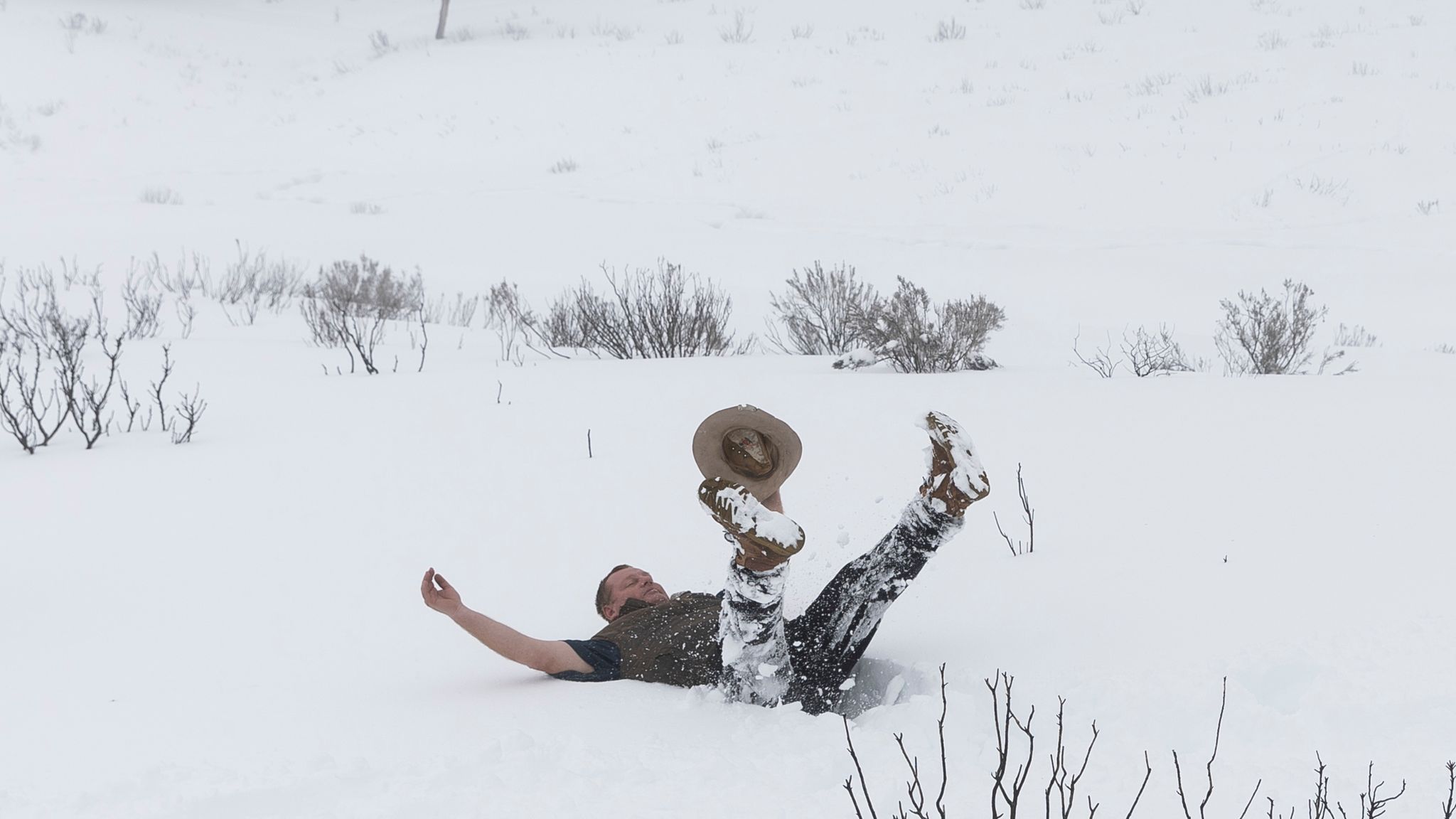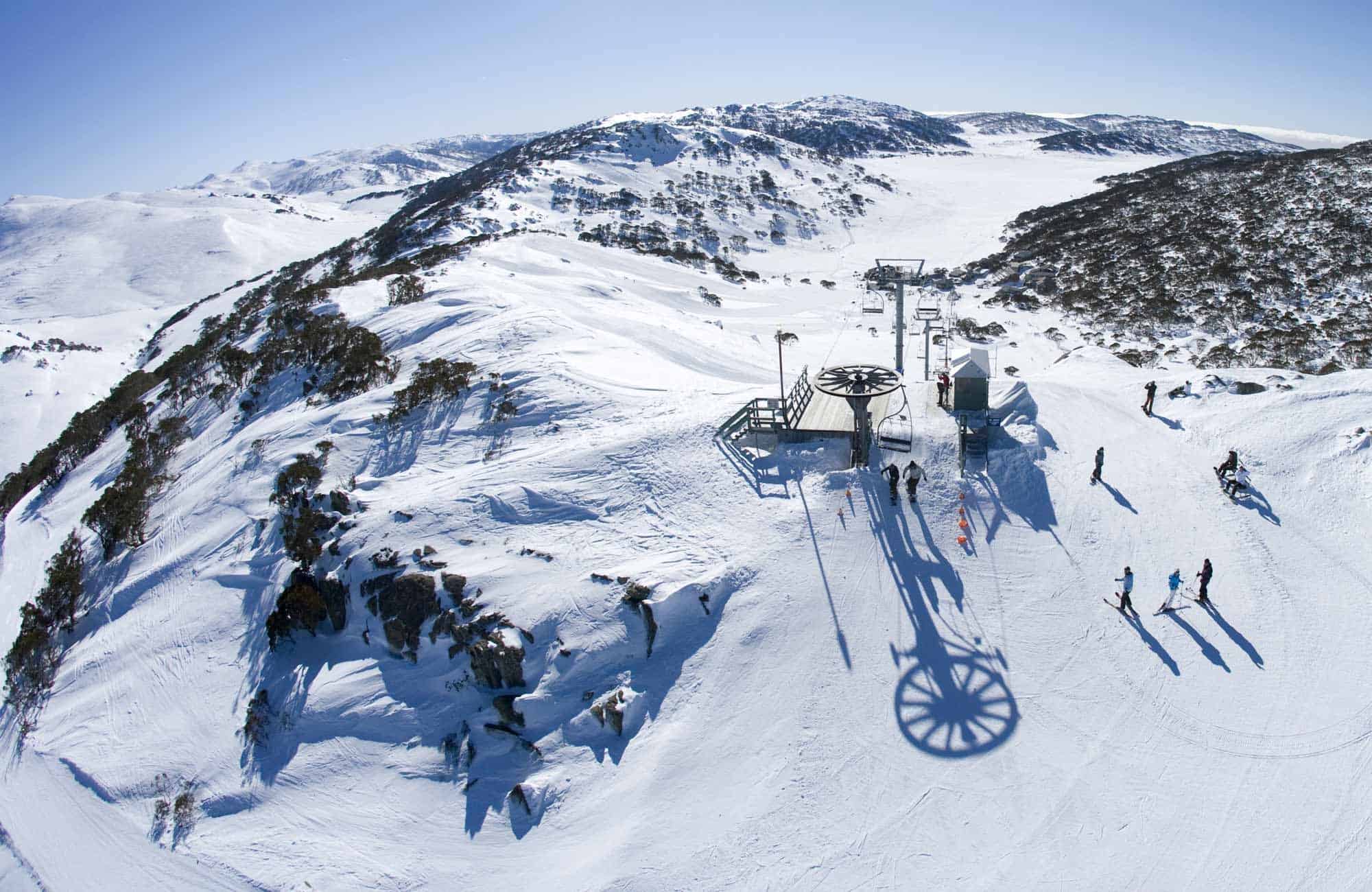Discover Why Snow In Australia is a Top Destination for Adventure Seekers
Wiki Article
The Different Sorts Of Snow in Australia and Their Effect On Winter Season Sports
Australia, known for its sun-soaked beaches, is also home to a varied variety of snow problems that substantially affect winter months sports. Each kind, from the damp coastal snow to the dry indoor powder, offers distinct obstacles and advantages for professional athletes. An understanding of these variations is essential for those looking for to browse the Australian slopes, as each needs different methods and resilience. The adhering to expedition will review the ramifications of these snow kinds on winter months sports performance.
Comprehending the Qualities of Different Snow Types
While several think that snow is an uniform entity, it is necessary to recognize that there are different kinds, each with one-of-a-kind qualities. In Australia, these variants are especially obvious because of weather variety. Coastal snow, located in locations such as the Snowy Mountains, is commonly wetter and denser because of high moisture web content, making it optimal for snowball fights or developing snowmen. On the other hand, the snow located in the interior areas like the Australian Alps is drier and lighter, typically compared to a cosy powder. These differences in snow type aren't just aesthetic; they considerably influence winter season sports, dictating the ease of activity, the rate obtainable, and the level of control required from professional athletes.The Effects of Powder Snow on Skiing and Snowboarding
Despite its light and cosy appearance, powder snow in the Australian Alps presents both unique challenges and chances for winter season sports fanatics, especially those engaged in winter sports and snowboarding. The smooth and flexible surface area of powder snow likewise lowers threat of injury throughout falls, making it a preferred selection for extreme winter months sports.
The Obstacles and Benefits of Stuffed Snow in Winter Months Sports
Shifting emphasis from the loosened, completely dry powder snow, another prevalent sort of snow in the Australian Alps is packed snow, posing its own set of obstacles and advantages in the realm of winter sporting activities. This denser, a lot more solidified type of snow provides a quicker, slicker surface, profiting sports like downhill skiing and snowboarding, boosting rate and precision. The same features also existing obstacles. Its hard surface area can be high-risk, increasing the possibility for injuries during falls. Furthermore, browsing turns and regulating speed can be difficult on stuffed snow, calling for higher skill degrees from athletes. In spite of these obstacles, loaded snow continues to be a critical aspect in numerous winter sports, shaping the efficiency and approaches of professional athletes.The Role of Damp Snow in Australian Wintertimes Games
In comparison to the dense, glossy surface of jam-packed snow, damp snow plays a totally various function in Australian winter season games. Snow In Australia. Its malleability makes it perfect for snow sculpting occasions and for strengthening snow structures in sports like snow ft battles.
Exactly How Slushy Snow Impacts Winter Season Sports Performance
Continuing the expedition of differing snow problems in Australia, the effect of slushy snow on winter sports is one more intriguing factor. Slushy snow, arising from warmer temperatures or direct sunshine, presents unique obstacles to athletes. It lowers rate and calls for enhanced exertion as the tools sinks into the soft, water-saturated snow. In skiing and snowboarding, slushy conditions can impact the predictability of turns and check that dives, increasing the danger of mishaps. For snowmobiling, the device's performance might be impeded as it has a hard time to keep grip. Therefore, slushy snow changes the winter months sporting activities landscape, demanding see not only enhanced physical effort from athletes yet also a higher emphasis on security preventative measures.Adapting Winter Sports Techniques to Different Snow Conditions

Conclusion
In conclusion, Australia's diverse snow kinds considerably affect winter sports performance. Each type, from the glossy seaside snow to the drier indoor powder and the hefty, sticky damp snow, provides special challenges and benefits.Changing focus from the loose, dry powder snow, one more prevalent kind of snow in the Australian Alps is stuffed snow, posing its own set of obstacles and advantages in the realm of winter sporting activities - Does Australia Get Snow.In contrast to the dense, glossy surface of stuffed snow, wet snow plays a totally various role in Australian winter season video games. Its malleability makes it perfect for snow sculpting occasions and for fortifying snow frameworks in sporting activities like snow fort fights.Proceeding the expedition of differing snow problems in Australia, the impact of slushy article source snow on winter season sporting activities is another appealing variable. Each kind, from the slick seaside snow to the drier indoor powder and the heavy, sticky damp snow, offers one-of-a-kind difficulties and advantages
Report this wiki page